On Saturday morning, June 22, 2024, there was Liturgy of the Word in the Basilica at 11:00 a.m. for the crew and fishermen of the Spanish Trawler Villa de Pitanxo which sank off our shores February 15, 2022.
Twenty one men were lost and just three were saved. Only nine bodies were recovered. The previous day there was an unveiling of a plaque and monument in their memory at Harbourside Park on Water Street and from that site there is a view of the Narrows and the Atlantic Ocean.
The Spanish Ambassador was present as well as family members of the deceased from Spain and Peru. Sr Rosemary Ryan was asked to assist Archbishop Peter Hundt with translation of the Liturgy and the roll call of the names of the deceased.
It was an emotional time for the family members as during the roll call a member of each family brought up a white rose, kissed it and laid it in front of a photo of their loved one near the altar rail.
Five Peruvians were among the lost and Rosemary was delighted to speak with them and to learn from one family that they are from Chiclayo and know Monsefú and Puerto Eten well. The families were very grateful for the Liturgy and Archbishop Hundt appreciated Rosemary’s assistance.
El sábado 22 de junio de 2024, a las 11 de la mañana, tuvo lugar en la Basílica la Liturgia de la Palabra por la tripulación y los pescadores del pesquero español Villa de Pitanxo, que naufragó frente a nuestras costas el 15 de febrero de 2022.
Se perdieron 21 hombres y sólo se salvaron tres. Sólo se recuperaron nueve cadáveres. El día anterior se descubrió una placa y un monumento en su memoria en el Harbourside Park de Water Street, desde donde se puede contemplar el Estrecho y el Océano Atlántico.
El embajador español estuvo presente, así como familiares de los fallecidos de España y Perú. Se pidió a la Hna. Rosemary Ryan que ayudara al Arzobispo Peter Hundt con la traducción de la Liturgia y el pase de lista de los nombres de los difuntos.
Fue un momento emotivo para los familiares, ya que durante el pase de lista un miembro de cada familia acercó una rosa blanca, la besó y la depositó delante de una foto de su ser querido cerca de la barandilla del altar.
Cinco peruanos se encontraban entre los fallecidos y Rosemary estuvo encantada de hablar con ellos y saber por una familia que son de Chiclayo y conocen bien Monsefú y Puerto Eten. Las familias se mostraron muy agradecidas por la liturgia y el arzobispo Hundt agradeció la asistencia de Rosemary.


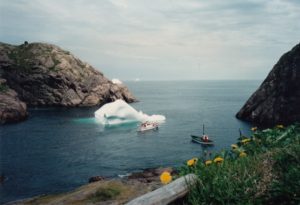
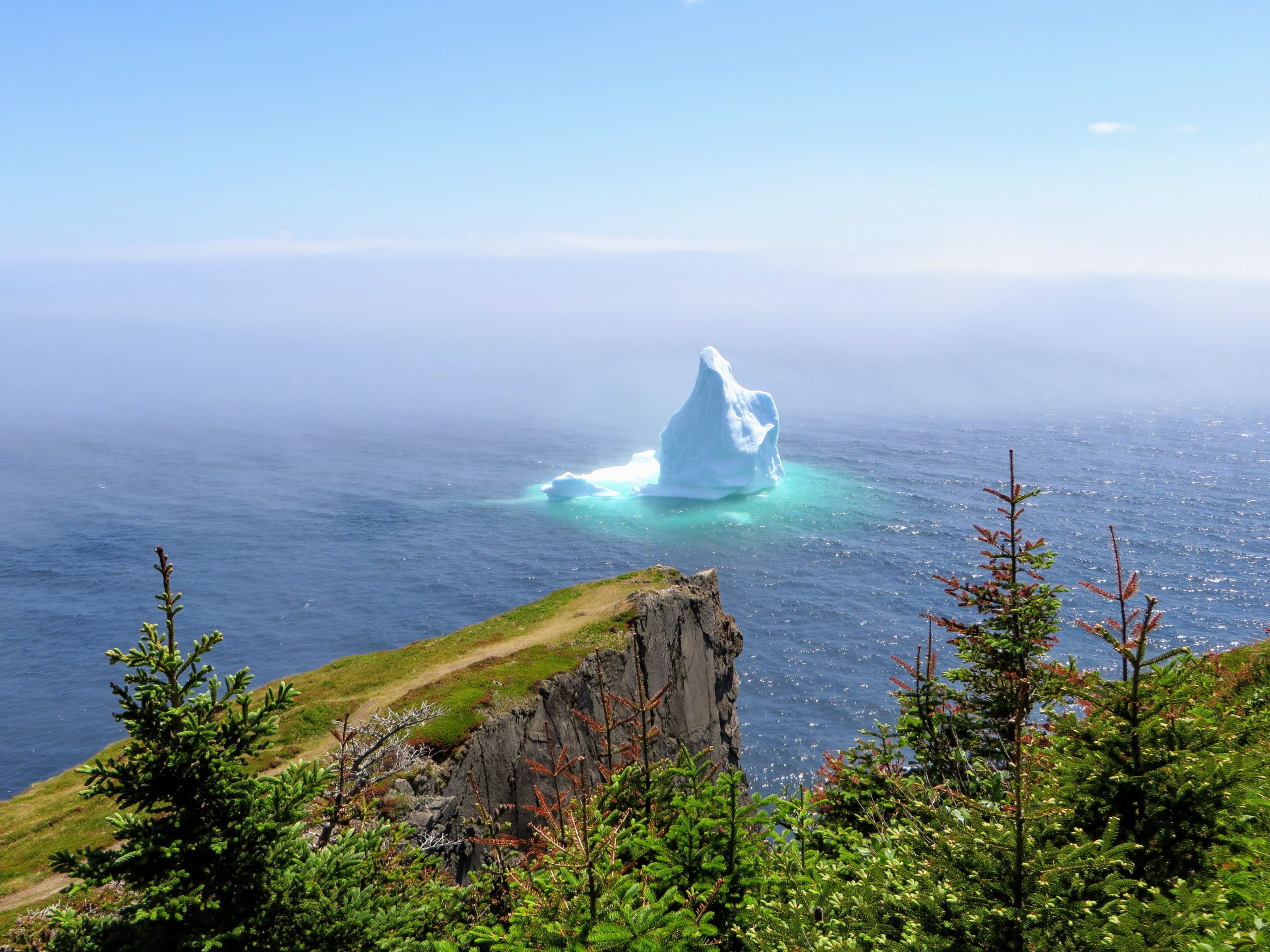
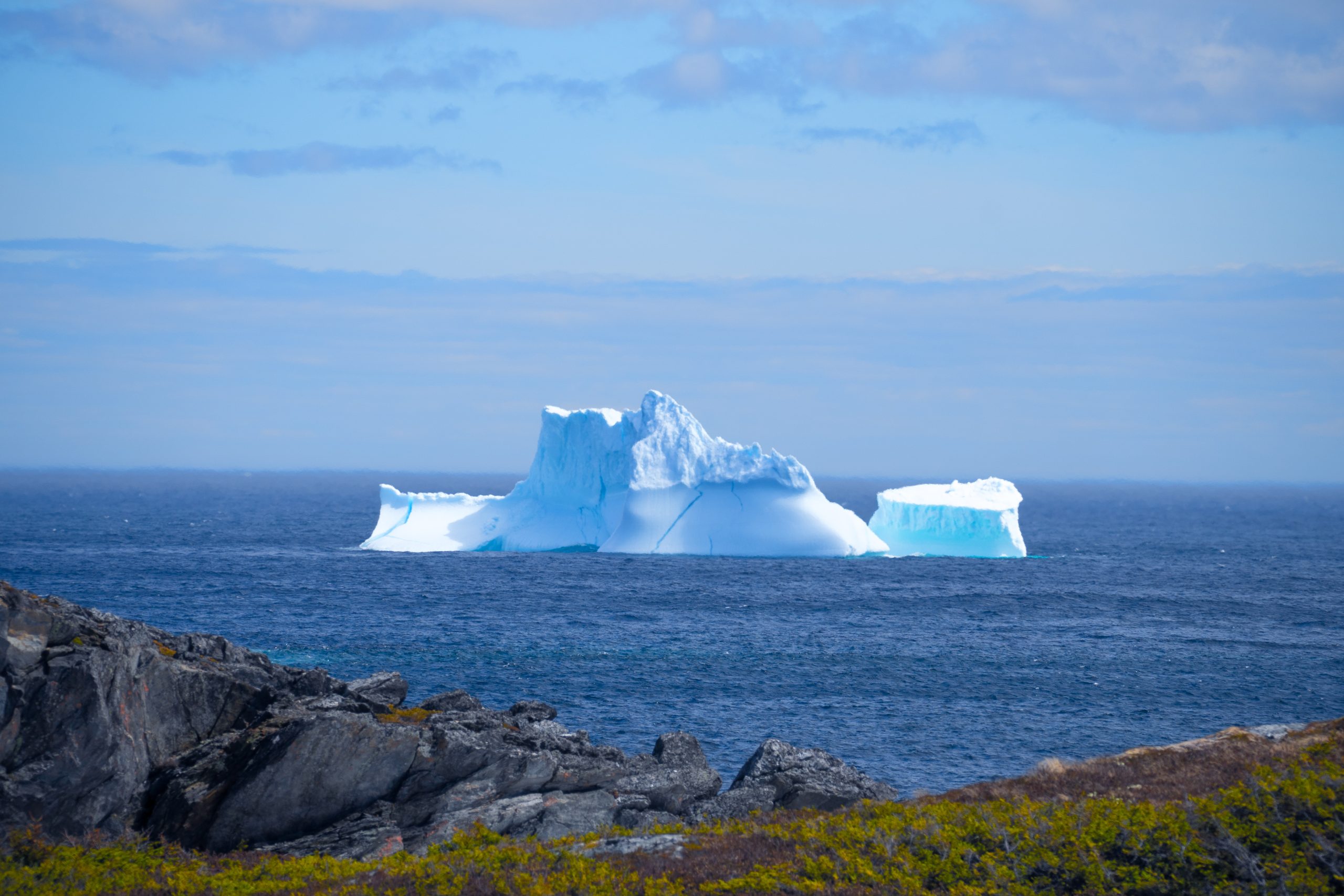
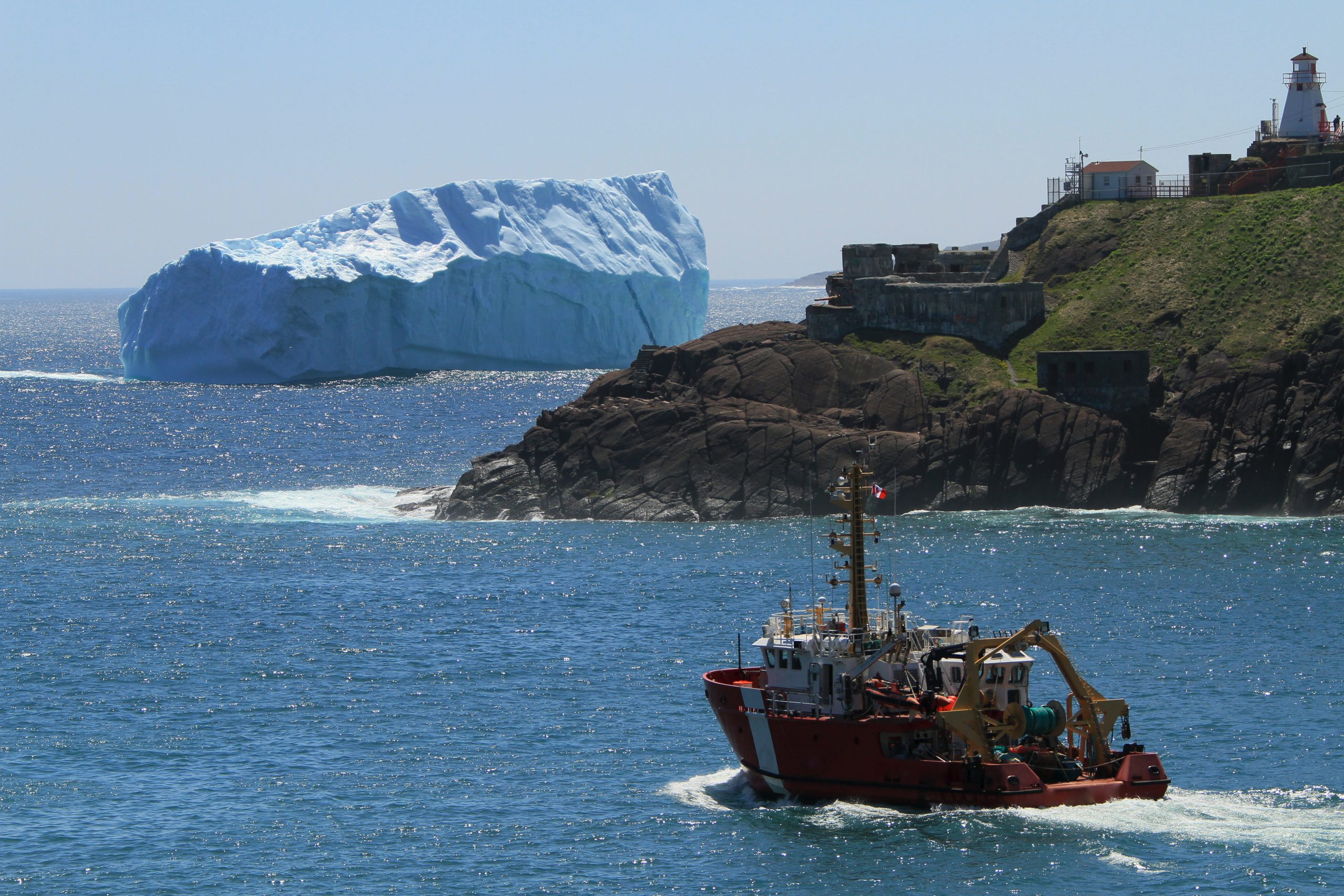


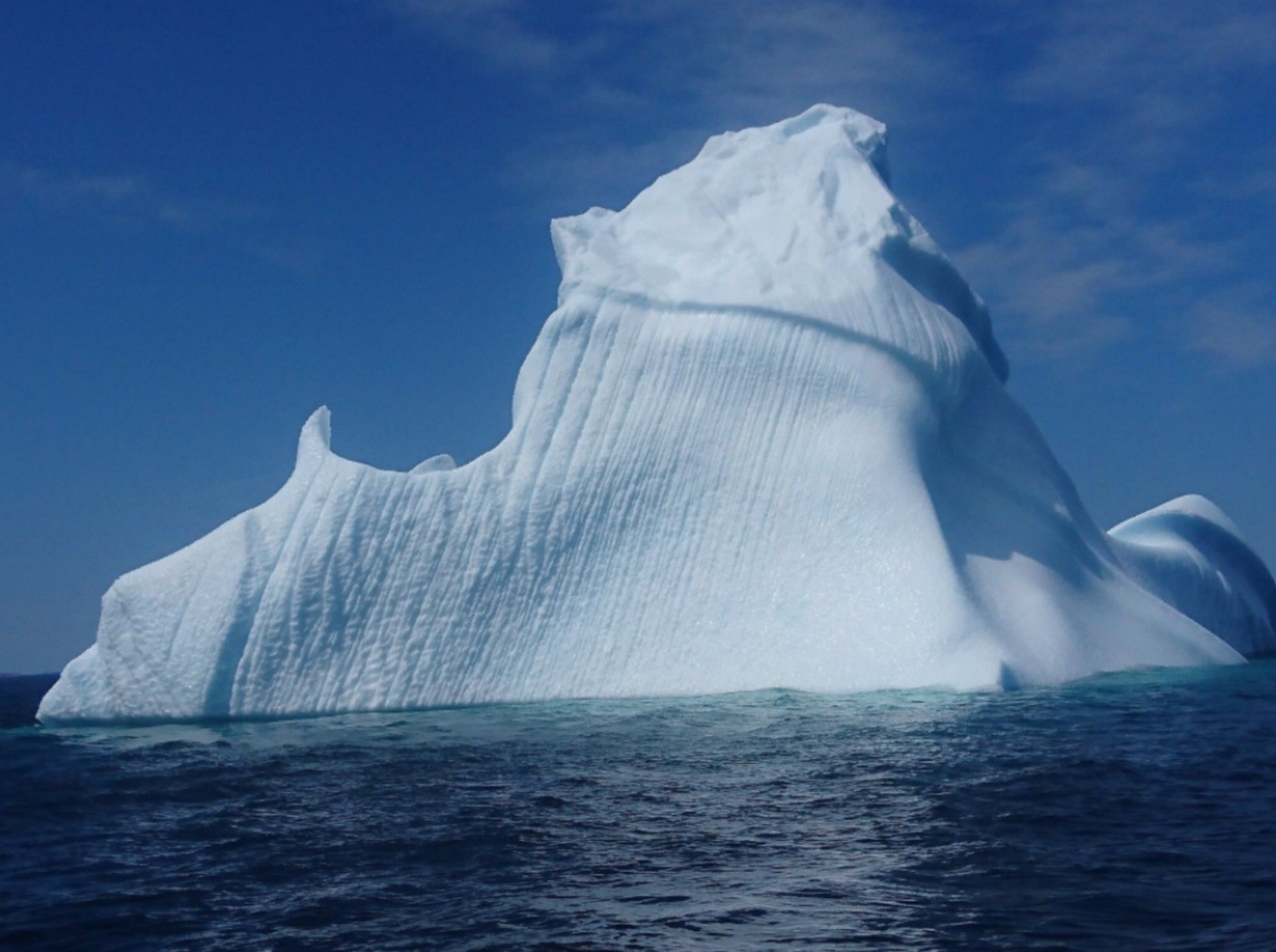
 The Census of 2021 reported that Canada has over 450 ethnic and cultural origins by participants. This day calls us to recognize and embrace these diverse cultures that have helped to build a strong and vibrant Canadian society. It is also a time to celebrate the many significant contributions that Canadians of different cultural backgrounds have made to our society.
The Census of 2021 reported that Canada has over 450 ethnic and cultural origins by participants. This day calls us to recognize and embrace these diverse cultures that have helped to build a strong and vibrant Canadian society. It is also a time to celebrate the many significant contributions that Canadians of different cultural backgrounds have made to our society. The theme for this year is To Hope and Act with All Creation, and the symbol is based on Romans 8.
The theme for this year is To Hope and Act with All Creation, and the symbol is based on Romans 8. These two great women of Mercy faithfully carried out the works of Mercy as if there were dozens of sisters in the Newfoundland Mercy community – continuing in school and visiting the sick and poverty-stricken in their homes and in St. John’s Hospital (located near present-day Victoria Park). In June of 1947 when St. John’s was in the throes of a severe typhus epidemic, they closed school and devoted themselves entirely to visiting and caring for the sick. It was at St. John’s Hospital that Sister M. Joseph caught the dreaded fever from a young seaman who was suffering great physical and spiritual anguish. Despite the medical services of physicians and the loving care of Sister M. Francis, Sister M. Joseph died after two weeks of suffering the torments of the disease. She was 48 years of age and had only been a Sister of Mercy for four years.
These two great women of Mercy faithfully carried out the works of Mercy as if there were dozens of sisters in the Newfoundland Mercy community – continuing in school and visiting the sick and poverty-stricken in their homes and in St. John’s Hospital (located near present-day Victoria Park). In June of 1947 when St. John’s was in the throes of a severe typhus epidemic, they closed school and devoted themselves entirely to visiting and caring for the sick. It was at St. John’s Hospital that Sister M. Joseph caught the dreaded fever from a young seaman who was suffering great physical and spiritual anguish. Despite the medical services of physicians and the loving care of Sister M. Francis, Sister M. Joseph died after two weeks of suffering the torments of the disease. She was 48 years of age and had only been a Sister of Mercy for four years. online in the Associates section of our website. The newsletter contains news and views, requests for prayers and material for reflection.
online in the Associates section of our website. The newsletter contains news and views, requests for prayers and material for reflection.